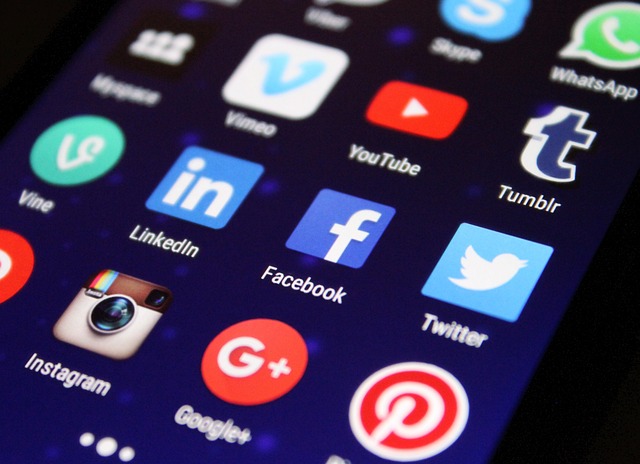
Exploring the Future of Simulation: Social Simulation in Virtual Reality, Augmented Reality, and the Metaverse
Exploring the Future of Simulation: Social Simulation in Virtual Reality, Augmented Reality, and the Metaverse
In an age where our interactions are increasingly digitized, the concept of social simulation is evolving at an exhilarating pace. With advancements in virtual reality (VR), augmented reality (AR), and the burgeoning metaverse, we are on the precipice of experiencing human connections in ways that were previously confined to the realm of science fiction.
The Allure of Virtual Reality
Imagine stepping into a digital world where every sense is engaged. With VR, social simulation can achieve incredible depths. Users can embody avatars that move and interact in lifelike scenarios. This is not just about escaping reality; it’s about enhancing our social fabric. VR allows us to experience events together despite geographical distances, fostering a sense of presence and camaraderie. Whether it’s attending a virtual concert with friends or collaborating on projects in immersive spaces, the potential for genuine connection is boundless.
Augmented Reality: Enhancing the Physical World
On the other hand, augmented reality brings a different flavor to social simulation. It overlays digital information onto the real world, seamlessly blending our physical and digital lives. Imagine walking through a park and seeing interactive social art installations or engaging in games where the participants’ physical actions influence a virtual outcome. AR makes everyday environments more interactive and socially enriching, allowing spontaneous connections and novel interactions to blossom in our familiar settings. This synergy between the real and the virtual is set to redefine how we communicate and engage socially.
The Metaverse: A New Frontier
The metaverse represents the pinnacle of social simulation, combining elements of both VR and AR into one expansive digital universe. It’s a social ecosystem where different platforms merge, allowing myriad forms of self-expression and interaction. Here, users can create, explore, and transform their experiences. In the metaverse, social simulation goes beyond mere interaction; it becomes a canvas for self-identity where individuals can connect within diverse communities, attend virtual events, or participate in collaborative projects, transcending the limitations of physical boundaries.
Embracing the Future
The future of social simulation in VR, AR, and the metaverse holds incredible potential for reshaping our way of understanding relationships. As technology continues to blur the lines between our virtual and real experiences, we must consider the profound implications on our personal connections.
A deep appreciation for the richness of human interaction can inspire innovative ways to foster empathy and understanding through these advanced simulations. In embracing this technological evolution, we have the opportunity to not just redefine social interaction, but to build a truly inclusive world where everyone can participate equitably.
As we stand on the threshold of this new digital era, the possibilities for enriching our social lives through simulation are limitless. Whether through virtual interactions, augmenting our real-world experiences, or navigating expansive metaverse landscapes, the future invites us to explore and redefine what it means to connect. In this ongoing journey, social simulation will undoubtedly play a vital role, shaping our relationships in ways we have yet to fully comprehend.


